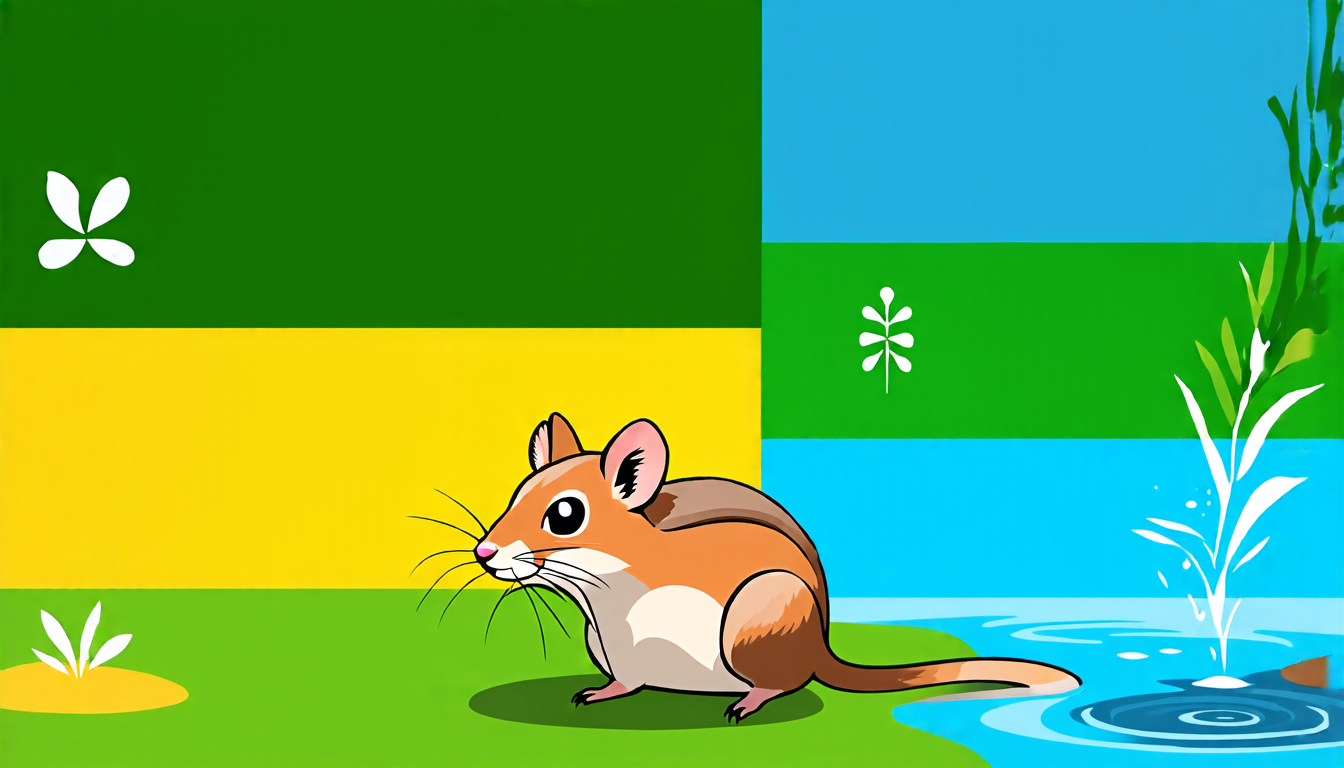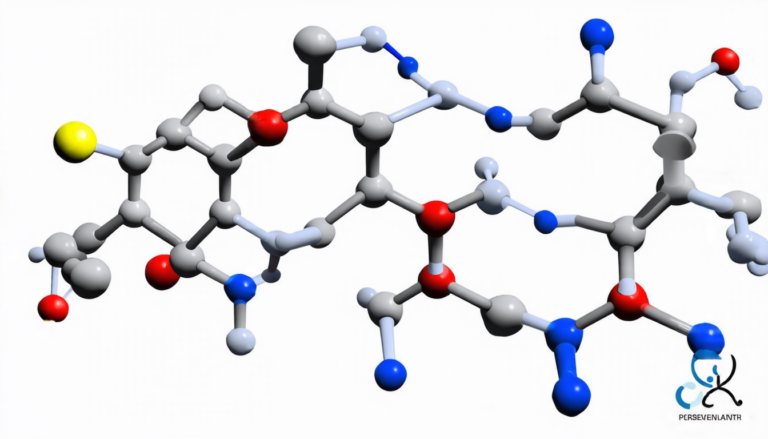Saturday 19 April 2025
Scientists have long sought to understand how invasive species spread across different environments. A new study sheds light on this complex process by developing a spatially explicit population model that incorporates habitat preference and density dependence.
To better grasp how these factors influence dispersal, researchers created a computer simulation of the edible dormouse, a rodent native to Europe. They found that when individuals prefer certain habitats over others, they tend to move towards areas with similar environmental conditions. This is because animals often have specific needs, such as food sources or shelter, which are more readily available in preferred habitats.
The study also revealed that density dependence plays a crucial role in population dispersal. When populations are dense, individuals are more likely to leave their current location and disperse to other areas. Conversely, when populations are sparse, individuals tend to stay put. This is because overcrowding can lead to competition for resources, making it difficult for individuals to survive.
The researchers used a logistic function to model the relationship between habitat preference and density dependence. They found that high sensitivity to habitat preference leads to localized dispersal patterns, while low sensitivity results in widespread distribution. Similarly, high sensitivity to density dependence yields population growth, whereas low sensitivity leads to decline.
To better understand how these factors interact, the researchers used a spatially explicit model that accounted for both habitat preference and density dependence. They found that when individuals have strong preferences for certain habitats, they tend to cluster in areas with similar environmental conditions. Conversely, when populations are dense, individuals are more likely to disperse to other areas.
These findings have important implications for conservation efforts. By understanding how invasive species spread, researchers can better predict where and how they will establish themselves. This knowledge can inform targeted management strategies aimed at preventing or controlling the spread of invasive species.
The study also highlights the importance of considering both habitat preference and density dependence when modeling population dispersal. By accounting for these factors, researchers can develop more accurate predictions about population dynamics and better understand the complex interactions between individuals and their environment.
In a world where invasive species pose significant threats to native ecosystems, understanding how they spread is crucial for effective conservation strategies. This study provides valuable insights into the complex process of population dispersal, shedding light on the intricate relationships between habitat preference, density dependence, and environmental conditions.
Cite this article: “Unraveling the Secret of Edible Dormouse Invasion: Habitat Preference and Density Dependence in Spatiotemporal Modeling”, The Science Archive, 2025.
Invasive Species, Population Dispersal, Habitat Preference, Density Dependence, Conservation Efforts, Computer Simulation, Edible Dormouse, Spatially Explicit Model, Logistic Function, Ecological Interactions







